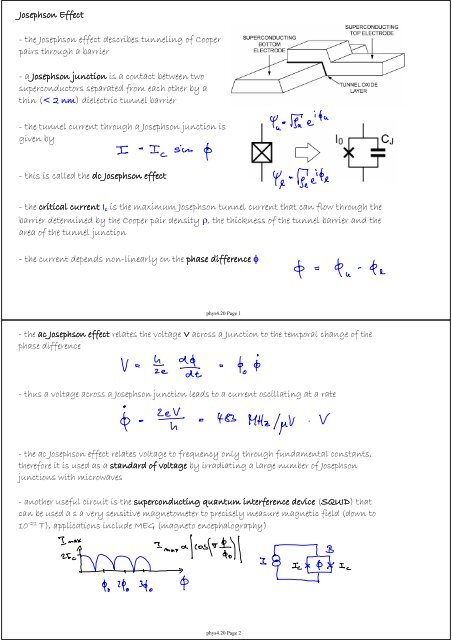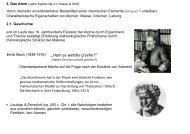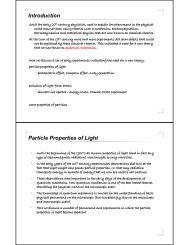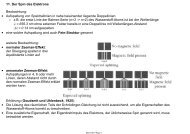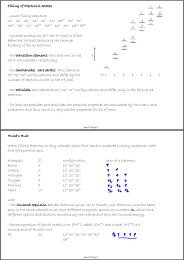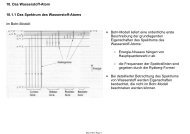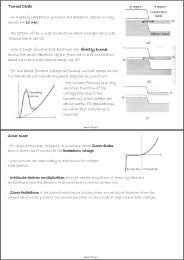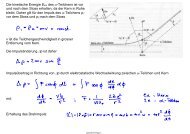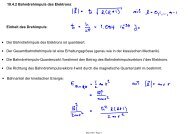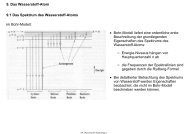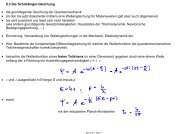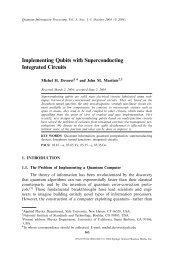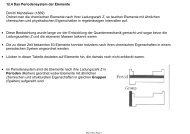Josephson Effect - Quantum Device Lab
Josephson Effect - Quantum Device Lab
Josephson Effect - Quantum Device Lab
Create successful ePaper yourself
Turn your PDF publications into a flip-book with our unique Google optimized e-Paper software.
<strong>Josephson</strong> <strong>Effect</strong><br />
- the <strong>Josephson</strong> effect describes tunneling of Cooper<br />
pairs through a barrier<br />
- a <strong>Josephson</strong> junction is a contact between two<br />
superconductors separated from each other by a<br />
thin (< 2 nm) dielectric tunnel barrier<br />
- the tunnel current through a <strong>Josephson</strong> junction is<br />
given by<br />
- this is called the dc <strong>Josephson</strong> effect<br />
- the critical current I c is the maximum <strong>Josephson</strong> tunnel current that can flow through the<br />
barrier determined by the Cooper pair density ρ, the thickness of the tunnel barrier and the<br />
area of the tunnel junction<br />
- the current depends non-linearly on the phase difference φ<br />
phys4.20 Page 1<br />
- the ac <strong>Josephson</strong> effect relates the voltage V across a Junction to the temporal change of the<br />
phase difference<br />
- thus a voltage across a <strong>Josephson</strong> junction leads to a current oscillating at a rate<br />
- the ac <strong>Josephson</strong> effect relates voltage to frequency only through fundamental constants,<br />
therefore it is used as a standard of voltage by irradiating a large number of <strong>Josephson</strong><br />
junctions with microwaves<br />
- another useful circuit is the superconducting quantum interference device (SQUID) that<br />
can be used a s a very sensitive magnetometer to precisely measure magnetic field (down to<br />
10 -21 T), applications include MEG (magneto encephalography)<br />
phys4.20 Page 2
The Nobel Prize in Physics 1973<br />
Brian David <strong>Josephson</strong> (Cambridge University)<br />
for his theoretical predictions of the properties of a supercurrent through a<br />
tunnel barrier, in particular those phenomena which are generally known as<br />
the <strong>Josephson</strong> effects<br />
Leo Esaki (IBM Thomas J. Watson Research Center Yorktown Heights, NY,<br />
USA)<br />
Ivar Giaever (General Electric Company, Schenectady, NY, USA)<br />
for their experimental discoveries regarding tunneling phenomena in<br />
semiconductors and superconductors, respectively<br />
phys4.20 Page 3<br />
Conventional Information Processing<br />
first transistor at Bell <strong>Lab</strong>s (1947)<br />
- information is stored in bits (Binary digIT)<br />
- a classical bit (Binary digIT) can take values either 0 or 1<br />
- a bit is physically realized as a voltage level in a digital<br />
circuit (CMOS, TTL)<br />
- 5 V = 1<br />
- 0 V = 0<br />
- information is processed using classical logical gates<br />
- the logic is realized using transistors<br />
intel dual core processor (2006)<br />
- every two years the number of transistors on a chip doubles<br />
What will happen when circuit components reach atomic<br />
scales? Will quantum mechanics get in the way or will it be<br />
useful?<br />
2.000.000.000 transistors<br />
smallest feature size 65 nm<br />
phys4.20 Page 4
<strong>Quantum</strong> Information Science<br />
Is it interesting to store information in quantum mechanical systems?<br />
Can we accurately control the dynamics of quantum systems rather than just observe their<br />
properties?<br />
What can we gain by manipulating information stored in quantum systems?<br />
Can we build machines that can process information quantum mechanically?<br />
Can we use quantum systems for communication?<br />
reading material: <strong>Quantum</strong> Computation and <strong>Quantum</strong> Information, Nielsen and Chuang,<br />
Cambridge University Press<br />
phys4.20 Page 5<br />
Storage of <strong>Quantum</strong> Information<br />
register with n bits:<br />
0 0 0 0 0 0<br />
0 0 0 0 0 0<br />
1<br />
classically:<br />
can store 1 number only<br />
0 0 0 0 0 1 0<br />
2 N possible configurations<br />
0 1 0 1 0 1<br />
0 1 0 1 0<br />
quantum mechanically:<br />
can store all numbers simultaneously!<br />
0 1 0 1 0 1 0 1 0 1 0<br />
1<br />
- the amount of information that can be stored in a quantum system with N qubits is<br />
exponential in the number of bits<br />
- even small collections of quantum systems, say 100 bits, can store more information than<br />
any classical computer can handle<br />
phys4.20 Page 6
Processing of <strong>Quantum</strong> Information<br />
generic quantum information<br />
processor:<br />
applications:<br />
- realize fast quantum algorithms<br />
- prime number factorization (Shor algorithm, exponential speed up)<br />
- database search (Grover algorithm, quadratic speed up)<br />
- simulation of quantum mechanical systems<br />
<strong>Quantum</strong> Computation and <strong>Quantum</strong> Information, Nielsen and Chuang, Cambridge<br />
University Press<br />
<strong>Quantum</strong> Bits<br />
phys4.20 Page 7<br />
- quantum bits (qubits) are quantum mechanical systems with two distinct quantum<br />
mechanical states.<br />
- qubits can be realized in a wide variety of physical systems displaying quantum<br />
mechanical properties. These include atoms, ions, electronic and nuclear magnetic moments,<br />
charges in quantum dots, charges and fluxes in superconducting circuits and many more.<br />
- a useful qubit must fulfill the DiVincenzo criteria<br />
a quantum bit can take values (quantum mechanical states)<br />
in Dirac notation<br />
or both of them at the same time, i.e. it can be in a superposition of states<br />
phys4.20 Page 8
a qubit can be in a superposition of states<br />
when the state of a qubit is measured one will find<br />
where the normalization condition is<br />
this just means that the sum over the probabilities of finding the qubit in any state<br />
must be unity<br />
example:<br />
phys4.20 Page 9<br />
DiVincenzo Criteria for Implementations of a <strong>Quantum</strong> Computer:<br />
#1. A scalable physical system with well-characterized qubits.<br />
#2. The ability to initialize the state of the qubits to a simple fiducial state.<br />
#3. Long (relative) decoherence times, much longer than the gate-operation time.<br />
#4. A universal set of quantum gates.<br />
#5. A qubit-specific measurement capability.<br />
#6. The ability to interconvert stationary and flying qubits.<br />
#7. The ability to faithfully transmit flying qubits between specified locations.<br />
phys4.20 Page 10
A Qubit: The Spin of an Electron<br />
Time independent Schrödinger equation<br />
Matrix representation of Hamiltonian and eigen functions<br />
QM postulate: The quantum state of an isolated physical system is completely described by<br />
its state vector in a complex vector space with a inner product (a Hilbert Space that is). The<br />
state vector is a unit vector in that space.<br />
phys4.20 Page 11


